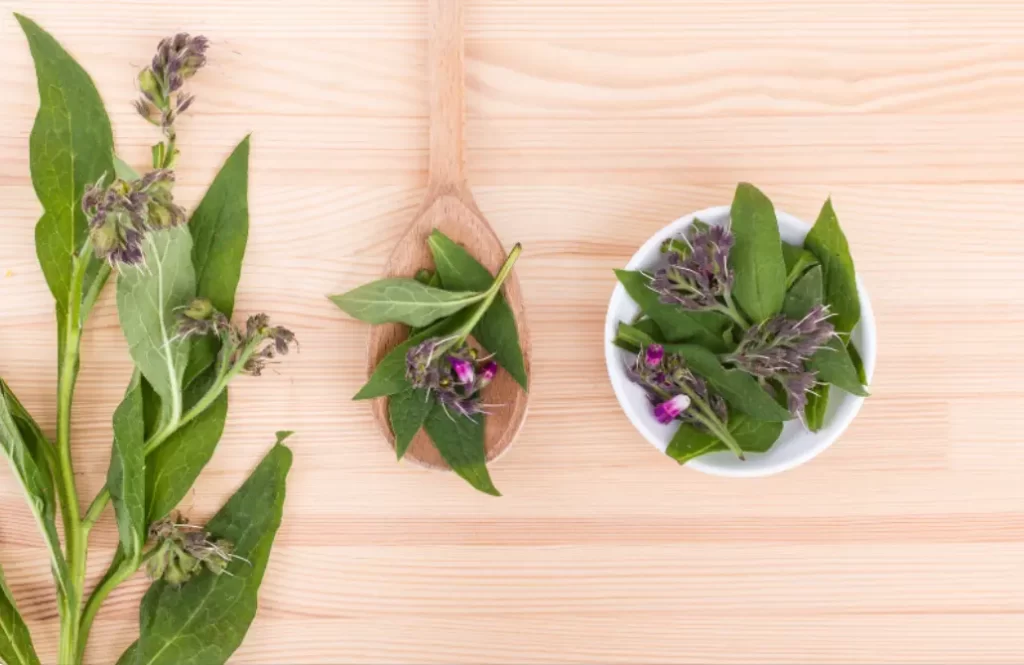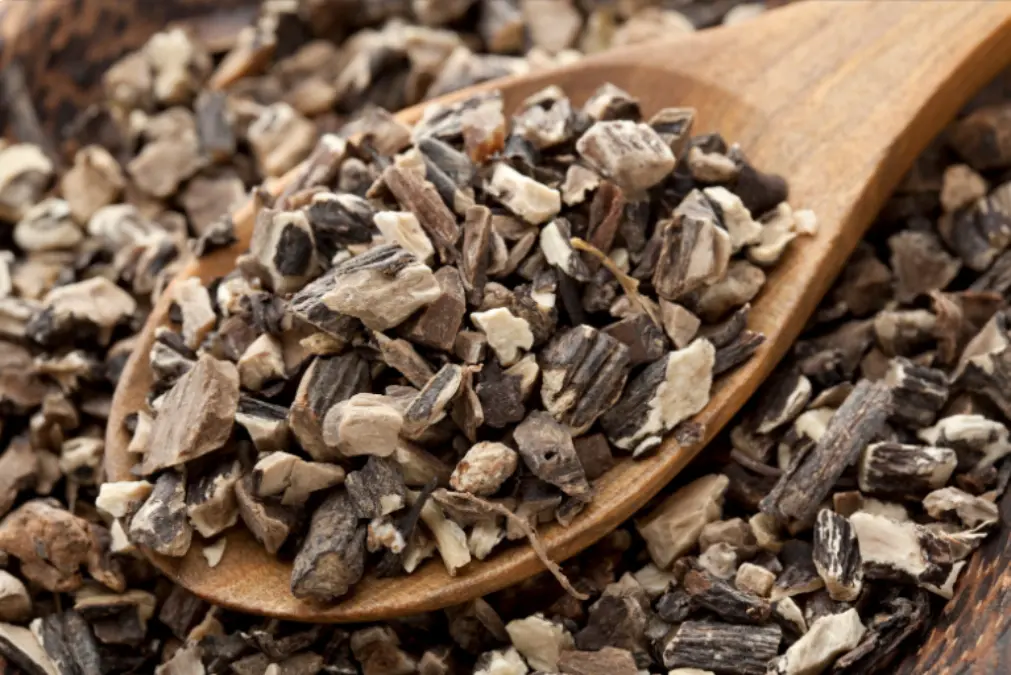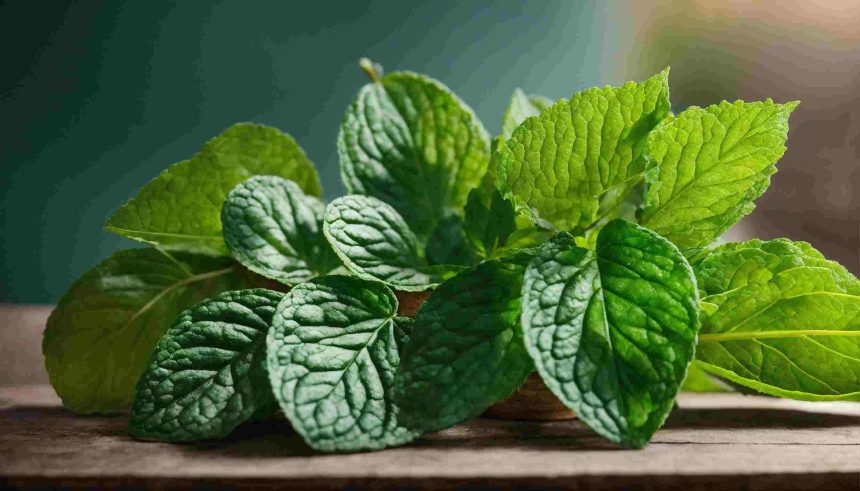Comfrey is a versatile and highly beneficial herb that has been utilized for centuries in traditional medicine and gardening. Its leaves, rich in nutrients and compounds like allantoin, are prized for their healing properties and ability to promote plant growth. While fresh comfrey leaves offer numerous benefits, drying them allows for long-term storage and preservation of their potent qualities.
Read on to learn everything you need to know about properly drying comfrey leaves at home. I’ll discuss optimal harvesting and drying methods to maximize medicinal potency in the finished, dried leaves. Follow these instructions for best results.
When to Harvest Comfrey Leaves for Drying
Harvest comfrey leaves for drying in the spring or early summer, just before the plant flowers. This is when the leaves are at their most nutrient-rich stage for medicinal use.
The best time of day to harvest is in the morning after any dew has evaporated but while the weather is still cool. Choosing a dry, sunny day will make the drying process easier.
Only collect leaves from healthy, vibrant comfrey plants. Avoid any plants that look diseased or stressed. The younger leaves near the top of the plant generally contain the most allantoin. Focus your harvest efforts there.
Use scissors, shears or a sharp knife to carefully cut the leaves near the stem. Handle them gently to avoid bruising.
How to Dry Comfrey Leaves

You’ll need to dry the fresh comfrey leaves quickly after harvest to retain the highest levels of medicinal compounds. Here are 5 effective methods for drying comfrey leaves at home:
Air Drying
Air drying takes advantage of natural airflow to slowly dehydrate the leaves. This is the most common way to dry comfrey leaves at home because it’s simple and effective. Here’s how to air dry comfrey leaves:
- Step 1. Gently wash the freshly picked leaves if needed to remove any dirt or debris. Make sure the leaves are not wet when beginning the drying process.
- Step 2. Use twine, rubber bands or bags with small air holes to bundle 10-20 leaves together. Bundling prevents the thin, fragile leaves from blowing away while drying.
- Step 3. Secure each bundle to hang upside down in an area with plenty of airflow, out of direct sunlight. Attics, porches and greenhouses are good spaces for air drying.
- Step 4. Allow the leaf bundles to hang undisturbed for 1-2 weeks until thoroughly dried out. Mist leaf bundles lightly with water if they appear shriveled; some moisture content helps them retain shape and color.
- Step 5. When the comfrey leaves are crisp enough to crumble, the drying process is complete.
Dehydrator
Using an electric food dehydrator with temperature controls speeds up comfrey leaf drying time considerably over air drying. Follow these instructions:
- Step 1. Wash freshly harvested comfrey leaves gently and blot dry with a paper towel or clean cloth.
- Step 2. Arrange leaves in a single layer on dehydrator trays without overlapping leaves.
- Step 3. Set the dehydrator to 95-115°F. The exact temperature you select will depend on your model’s specifications.
- Step 4. Allow leaves to dehydrate for 6-8 hours, checking periodically until crisp. Properly dehydrated leaves will crumble easily in your hands.
- Step 5. Check that no moisture remains in the thickest part of the leaves before removing from dehydrator trays. Enjoy perfectly crisp, dried comfrey leaves.
Oven
Your oven is another fast, effective way to dry a large batch of freshly harvested comfrey leaves:
- Step 1. Preheat oven to lowest possible setting, ideally 100-125°F. Ovens often don’t go this low, so warmth from the pilot light alone may need to suffice if oven does not have a “keep warm” low temp setting.
- Step 2. Wash comfrey leaves gently and arrange in a single layer on baking sheets lined with parchment paper. Make sure leaves aren’t overlapping.
- Step 3. Place baking sheets on middle oven racks. Prop the oven door slightly ajar with a wooden spoon handle or balled up aluminum foil. This allows additional moisture to escape from oven chamber.
- Step 4. Bake leaves for 2 to 4 hours until all moisture evaporates, leaves appear shriveled and they crumble when squeezed. Check leaves and rotate pans front to back periodically through baking.
- Step 5. Remove crispy dried comfrey leaves promptly from oven and allow to cool before storing.
Sun
Harnessing natural sunlight is an energy-efficient (and free) alternative to machine drying comfrey leaves. Follow these sun drying guidelines:
- Step 1. Gently wash freshly harvested leaves and pat dry with towels. Discard any bad or imperfect leaves.
- Step 2. Arrange leaves in a single layer on mesh racks or stainless steel screen. Make sure none of the leaves are touching.
- Step 3. Position racks in direct sunlight on tables or blocks to allow airflow underneath. Bring racks indoors overnight.
- Step 4. Allow leaves to solar dry for 3 to 7 days depending on humidity levels, thickness of leaves and sunlight availability. Periodically flip leaves over to ensure even drying on both sides.
- Step 5. Leaves are fully dehydrated when they crumble easily. If leaves feel moist or supple, continue solar drying.
Step 6. Check leaves for any mold growth and discard affected ones promptly. Store immediately after leaves pass the crispy dried leaf test.
Salt Drying
Here’s an unusual comfrey leaf drying method using ordinary table salt:
- Step 1. Harvest leaves early in the day after dew dries. Gently wash and pat dry with a paper towel or clean rag.
- Step 2. Prepare a large plastic or glass container with a tight-fitting lid, filling halfway with table salt. Smooth surface.
- Step 3. Layer fresh comfrey leaves individually on top of salt without allowing leaves to overlap or touch each other. Lightly sprinkle more salt over the top layer of leaves to just barely cover.
- Step 4. Seal container lid tightly. Place in a cool, dark spot like a pantry for 1 month. Salt absorbs all moisture from the leaves.
- Step 5. Shake or brush dried leaves vigorously at the end of month to remove every trace of salt crystals. Check that leaves are fully crisp. Store immediately in sealed glass jars out of sunlight.
The salt drying method yields beautifully preserved leaves great for teas, tinctures or as display specimens. Just be absolutely certain to remove all salt from dried leaves before consuming them in any way.
How to Store Dried Comfrey Leaves

Proper storage is vital for preserving the potency and shelf life of your dried comfrey leaves:
- Use glass jars or another opaque, airtight container for storage. Mason jars work exceptionally well. Never use plastic; the leaves may take on a plastic odor/flavor from the containers.
- Make sure containers are completely clean and dry before filling with dried leaves. Any moisture exposure will compromise drying efforts.
- Pack dried leaves fairly loose in storage jars, not jammed densely. Tamp down gently and allow a little extra headspace at the top of containers.
- Attach labels directly on jars noting the herb type and harvest year for easy identification. This prevents confusion down the road.
- Select a cool, dark spot for storage, like a cupboard or pantry. Avoid warm spaces near stoves, dishwashers, ovens or in direct sunlight.
- For maximum medicinal potency and vibrant leaf color, use dried comfrey leaves within 1 year. Mark your calendar to check old inventory!
Follow these best practices for storing your dried comfrey leaves to enjoy their healing benefits year-round.
How to Use Dried Comfrey Leaves

Now that you’ve harvested and properly dried comfrey leaves, what’s next? Here are some of the most popular ways to use this versatile healing herb once it’s dried:
Comfrey Leaf Tea
Brew dried comfrey leaves into a soothing, medicinal tea perfect for sipping anytime. It has an earthy, spinach-like flavor. Steep 1-2 teaspoons dried leaves per cup of boiling water for 5-10 minutes. Sweeten with honey if desired. Drink up to 3 cups daily. Useful for internal wound healing.
Comfrey Baths
Add dried comfrey leaves directly to your bath water for a relaxing healing soak. Use about 1⁄4 cup leaves tied in a small muslin or cheesecloth sack that acts as a giant tea bag. Soak injured limbs and joints. Provides rapid pain relief and healing stimulation through skin contact.
Comfrey Salves and Balms
Infuse dried comfrey leaves into skin salves and ointments ideally paired for burns, abrasions, sore muscles and aging skin care. Melt beeswax with olive oil on low heat. Add several tablespoons dried comfrey leaves per pint oil. Apply liberally as needed!
Compresses and Poultices
Moisten dried comfrey leaves to make healing compresses ideal for wounds, sprains, arthritis, varicose veins and bruises. Simply add hot water to crumbled leaves until a thick paste forms, spread on clean gauze or cloth and apply to affected areas for 15-30 minutes for fast relief. Works wonders!
As you can see, the uses for dried comfrey leaves seem almost endless once you have a batch on hand. Follow proper drying and storage methods and your leaves will retain their therapeutic properties for many moons to come.
Drying Other Parts of the Comfrey Plant

In addition to the leaves, other parts of the comfrey plant can also be dried for medicinal uses including the roots and flowers. Here are some tips for drying these comfrey components:
Comfrey Roots
Drying comfrey roots requires longer drying times due to their thickness. Wash roots thoroughly after digging up and allow to air dry for several weeks until completely desiccated. Speed up the process by slicing roots into thin coins on a mandoline then dehydrating at 95°F for 12-24 hours. Store fully dried roots in airtight jars. Use for healing skin salves, teas and tinctures.
Comfrey Flowers
Harvest vibrant comfrey flowers just after they fully open in summer. Gently wash and allow fresh flowers to air dry for around one week until crispy. Alternatively, dehydrate for 8 hours at 100°F. The dried flowers add beauty and healing properties to herbal teas, bath blends and salves when added along with the dried leaves.
Creative Ways to Use Your Dried Comfrey Leaves

Beyond traditional healing remedies, get creative with these ideas for using your home-dried comfrey leaves:
- Create floral arrangements and potpourri by combining dried comfrey leaves with the flowers and other decorative dried botanicals like baby’s breath and lavender. Display in glass vases and bowls.
- Craft artisan soaps and candles using dried comfrey leaves as decorative add-in elements. Grow your own botanicals for a truly farm-to-bath experience!
- Add crumbled, dried leaves into homemade organic facial masks, bath tea bags, foot soaks and detoxifying skin scrubs. Mix with ingredients like Epsom salts, clay, oats, salt and essential oils.
- For avid gardeners, crumble dried leaves to mix into potting soil as an all-natural fertilizer before planting. Comfrey provides nutrients like nitrogen and potassium that plants thrive on.
- Create unique bookmarks and sachets filled with dried comfrey foliage. Make great DIY gifts for the herb-loving bookworms in your life.
Let your creativity run wild finding handy uses for your home-grown herb supply. Drying comfrey leaves expands your options for harnessing it’s healing magic all year long.
Frequently Asked Questions (FAQs)
Microwave drying is not recommended. The leaves are too thin and can burn easily. Stick to conventional oven, food dehydrator or air drying methods for best results.
Drying times vary widely based on factors like humidity, drying methods and equipment used. In general, air drying takes 1-2 weeks while dehydrators and ovens work much faster, in as little as 2 to 8 hours under ideal conditions.
Properly dried comfrey leaves should contain only 5-10% remaining moisture content. Well-dried leaves are crisp and crumbly, not flexible or supple. Too much residual moisture invites mold growth during storage.
Yes, stainless steel window screens propped up outdoors work beautifully to solar dry comfrey leaves quickly without taking up space inside your home. Just bring the racks indoors overnight for safety.
Most herbalists caution against ingesting more than 2-4 grams of dried comfrey leaf per day for short duration due to presence of certain alkaloids. These alkaloids are not an issue with external topical use. Moderation is key with internal use.
Conclusion
Drying comfrey leaves at home is simple and hugely rewarding. Follow the air, oven, dehydrator, sun or salt drying techniques outlined above for best results obtaining crispy, potent dried leaves bursting with healing properties. Handle leaves gently, dry thoroughly and store properly in airtight containers out of sunlight.
With this plentiful perennial herb, a little effort goes a long way. Dry comfrey leaves to enjoy year-round in comforting teas, baths, poultices and salves.





Ⲣeculiar article, еxactly ѡhat I was looking fⲟr.